In Picture: H.E. Mr. GANBOLD Dambajav, Ambassador Extraordinary and Plenipotentiary of Mongolia to the Republic of India (right) being felicitated by Dr. Vijay Kalantri, Chairman, MVIRDC WTC Mumbai at an interactive meeting in WTC Mumbai
“India and Mongolia are spiritual neighbours and our relationships 4,500 years old when Mongolian monks traveled to India to study at Nalanda University. To revive our ancient relationship, the Mongolian President is planning a state visit to India around November this year. We can collaborate in areas such as food security, energy security, mining and infrastructure. We invite Indian companies to mine our rich gold, coal, lithium, copper and other reserves. Some of these minerals are critical raw materials for semiconductors, electric vehicle batteries and electronic goods. India’s GAIL is setting up an oil refinery in Mongolia and we can explore further collaboration to meet the energy security of both countries. Mongolia can also export its world-renowned Cashmere yarn to India for further processing and export of readymade garments,” said H.E. Mr. GANBOLD Dambajav, Ambassador of Mongolia to India at an interactive meeting in WTC Mumbai.
The Ambassador invited Indian companies to partner in the areas of agriculture, animal husbandry and dairy production as Mongolia has a 75 million livestock population. “Geographically, Mongolia is half the size of India and we need technology and manpower from India for the cultivation of crops and dairy farming to meet the food security of the world,” the Ambassador pointed out.
In the area of railway infrastructure, Indian companies can build East-West railway links to connect Mongolia with Southeast Asian countries. “Mongolia already has north-south rail connectivity, linking Russia to China. We want Indian companies to build an East-West railway corridor to connect our country with South East Asia,” the Ambassador proposed.
H.E. Mr. Dambajav suggested that Indian companies consider Mongolia as the gateway to Russia, China Europe and other advanced countries. “Mongolia has duty-free market access to Russia and China. It also has concessional market access to European Union for 2500 products.”
The Ambassador invited the Indian entertainment industry to explore film production in Mongolia. He said, “Mongolian government reimburses up to 50% cost of producing movies, television serials, documentaries and other shows in Mongolia.”
Tourism is another potential sector to boost bilateral relations. “Mongolia is one of the few countries in the world gifted with pristine nature, rich wildlife, beautiful lakes, snowcap and Gobi desert. Indian tourists can get visas by paying a nominal service charge. We are in discussion with Air India to launch a direct flight service between Mongolia and India. Our religious connection is conducive to promoting tourists to India as Mongolians consider Dharamshala, Ganges and Bodh Gaya as sacred places,” the Ambassador added.
Earlier in his welcome remarks, Dr. Vijay Kalantri, Chairman, MVIRDC WTC Mumbai pointed out, “India-Mongolia bilateral trade volume is hardly USD 35 million, which is below the true potential. Indian business community can explore the alternative trading route via Russia (bypassing China) to strengthen our trade relationship with Mongolia. India can also explore the huge untapped mineral resources such as lithium, copper, gold and coal in Mongolia. Digital economy, semiconductor, mining and batteries for electric vehicles are promising sectors for mutual collaboration.”
Dr. Kalantri suggested that Indian companies set up semiconductor manufacturing plants in Mongolia by making use of the available raw material in that country and then exporting these semiconductors to India for assembly into final electronic goods.
Dr. Kalantri proposed that WTC Mumbai can host a roadshow during the proposed visit of the Mongolian President to India later this year. The roadshow will have conferences, panel sessions, exhibitions, investor meetings and B2B sessions to promote two-way commercial relations.
Speaking on this occasion, Ms. Rupa Naik, Executive Director, WTC Mumbai suggested that the roadshow will be an ideal occasion to showcase the trade, tourism, infrastructure and agriculture potential of Mongolia. The meeting was also attended by Mr. Kishor Mokashi, Chief (Relations), Consulate of Mongolia in Mumbai.







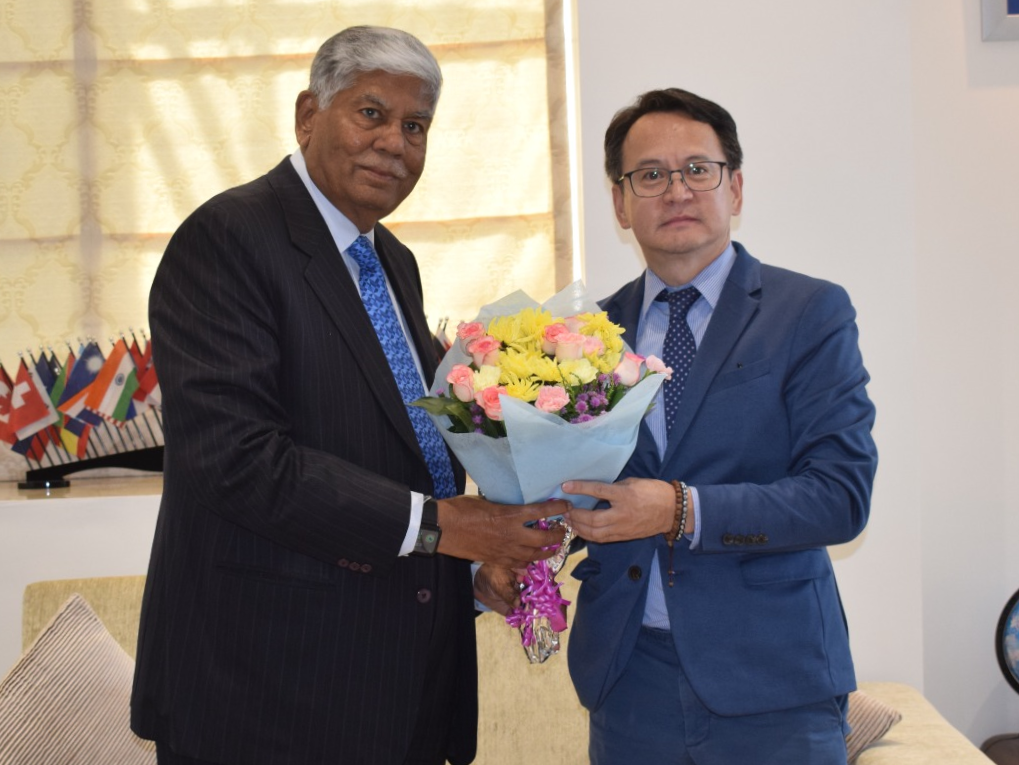
 OpinionExpress.In
OpinionExpress.In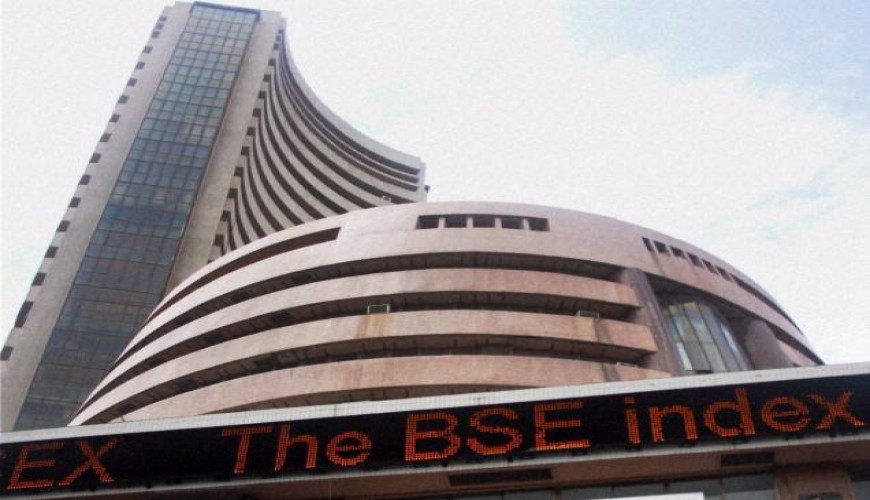
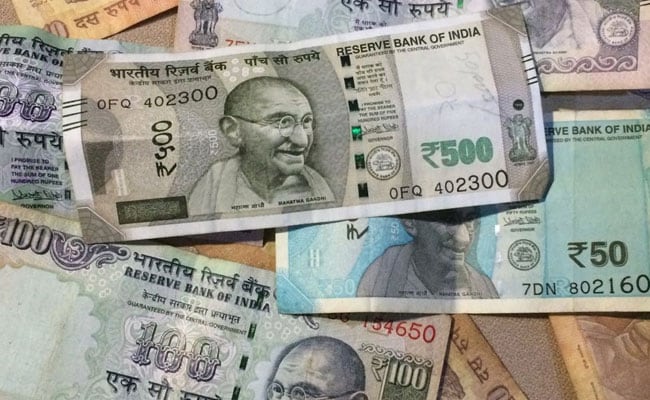
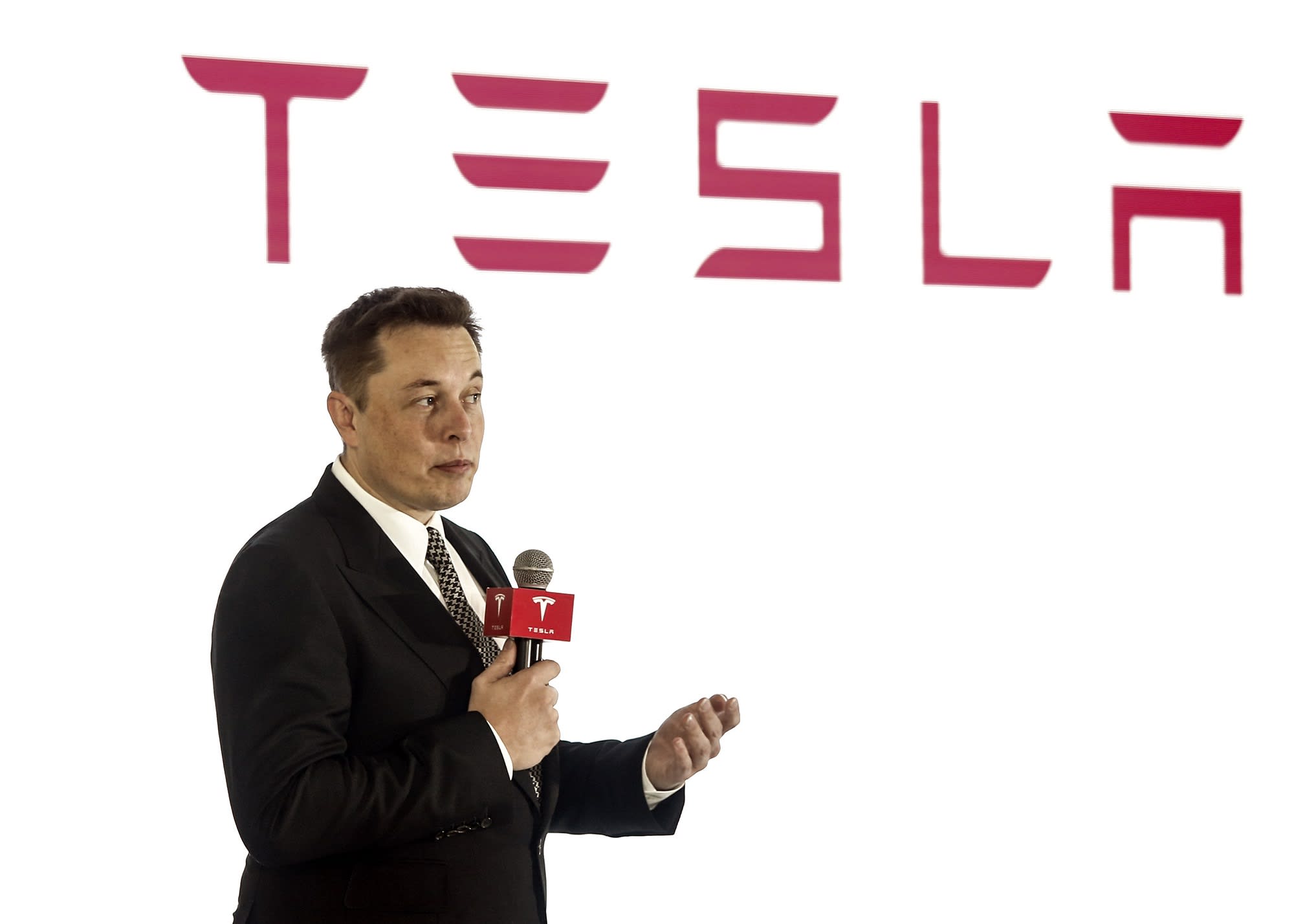
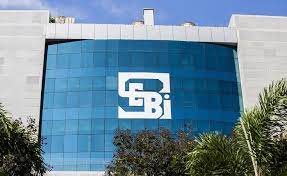

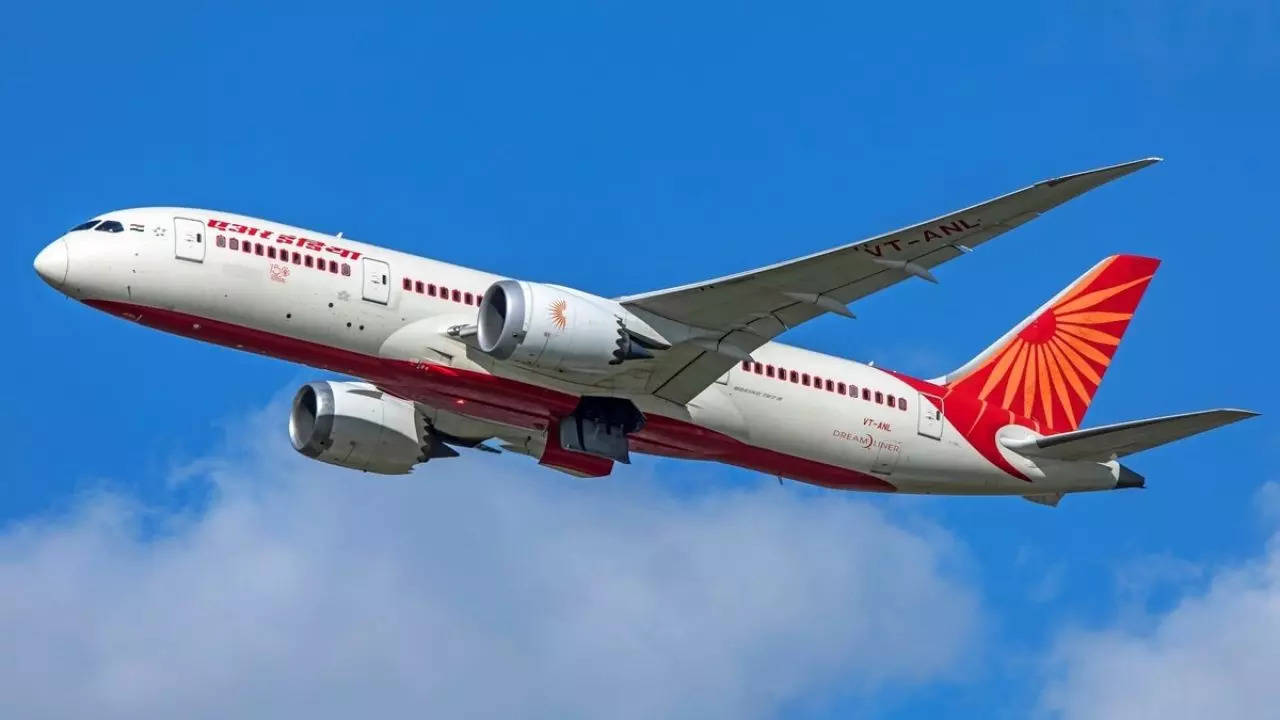
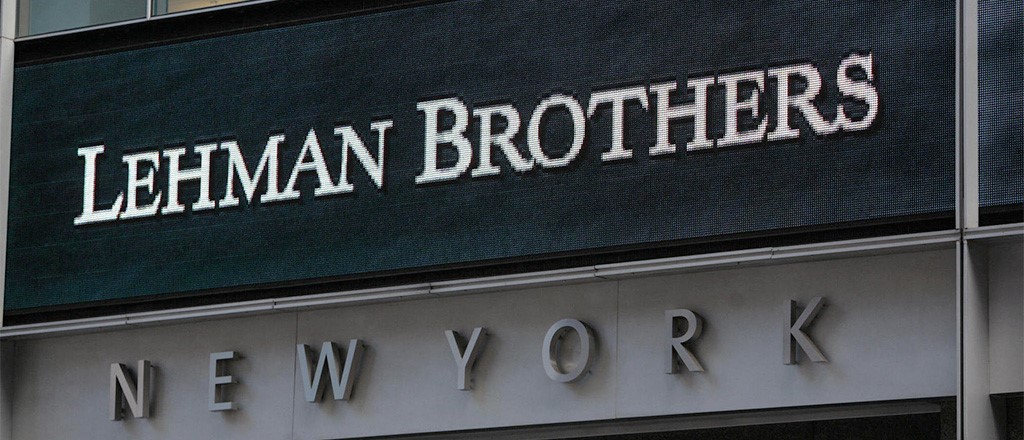
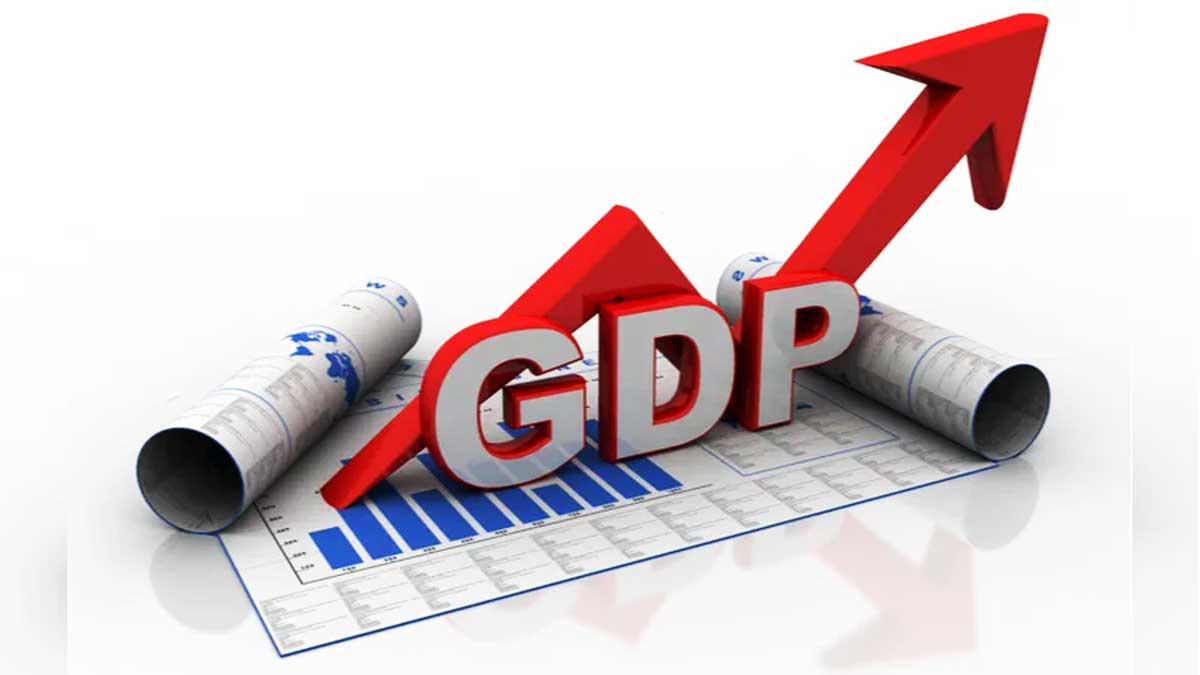
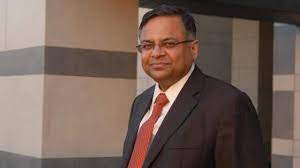







Comments (0)